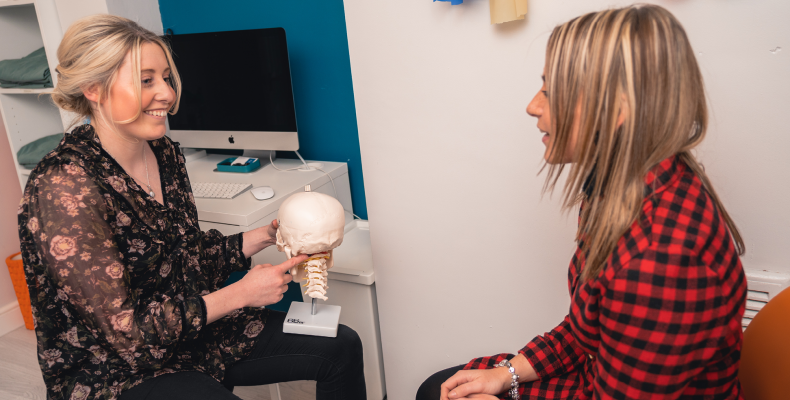What is bad posture? Is posture something that needs fixing?
One thing is for certain – posture has become engrained in peoples minds when talking about neck, shoulder or back pain. A scary obsession for some therapists on social media!
Here is a snapshot of the debate and the bottom line. Make of it what you will:
“anterior pelvic tilt”, “rounded shoulders”, “forward head posture” etc… – A posture that is labelled dysfunctional for one person, may be normal for another person.
“I have bad posture when I sit at my desk because I’m hunched over” – what if you sat up perfectly straight all day too? That would start to hurt as well right?
“Is pain the cause of the bad posture or is the bad posture the cause of the pain – which came first? The chicken or the egg? We will never know; pain may have been the driver.
“I saw my therapist because I was in pain and he pointed out I have a postural abnormality” – Is he bias? He/she may be more inclined to say that because you’re in pain in the first place. Also, postures used throughout the day are different to the one being assessed at the appointment so they may be inaccurate.
“I have awful posture, but I’m not in pain” – How can we blame something that we see in people without pain as a cause of pain for people with pain?
The paralympics is a great example – people performing at the highest level, with the most postural compensations all going on at once but none of them are in pain you say?
What we do know is that tissues adapt to stress – Cricket bowlers have naturally thickened low back muscles on one side, for instance. This doesn’t make every cricket bowler dysfunctional nor does it equate to pain.
Listen to this – there is no scientific association between;
▪️ Leg length difference & back pain
▪️ Degree of lumbar lordosis & back pain
▪️ Neck curvature & neck pain
▪️ Pelvic tilt, length of abs, hamstrings, Illiopsoas & back pain
▪️ Postural asymmetry in teenagers & back pain in adult hood
A certain posture only becomes “bad” when it’s held in the same position for too long. Posture simply refers to the position of your body at a certain point in time. It’s a snapshot.
Postural alignment is DYNAMIC not STATIC. When you get your head around that, then you realise “fixing” posture is actually about movement (and regular movement at that).
The key is being able to move your body in and out of positions. If you have anterior pelvic tilt, just work on your ability to posteriorly tilt your pelvis too.
If you have a postural problem, it is probably more of a movement problem in reality. You’re not moving enough!
A “good” posture could still be detrimental if it persists uninterrupted for extended periods. As a result, postural variability as well as regular small movements are plausibly beneficial for the prevention of low back pain.
As long as you keep moving, anyone can have good posture.

